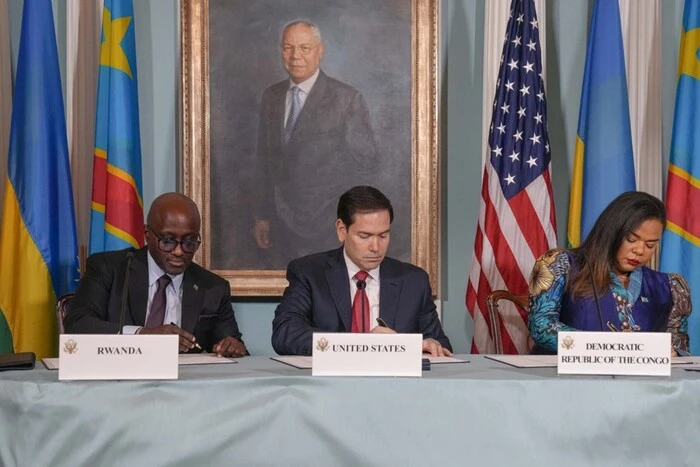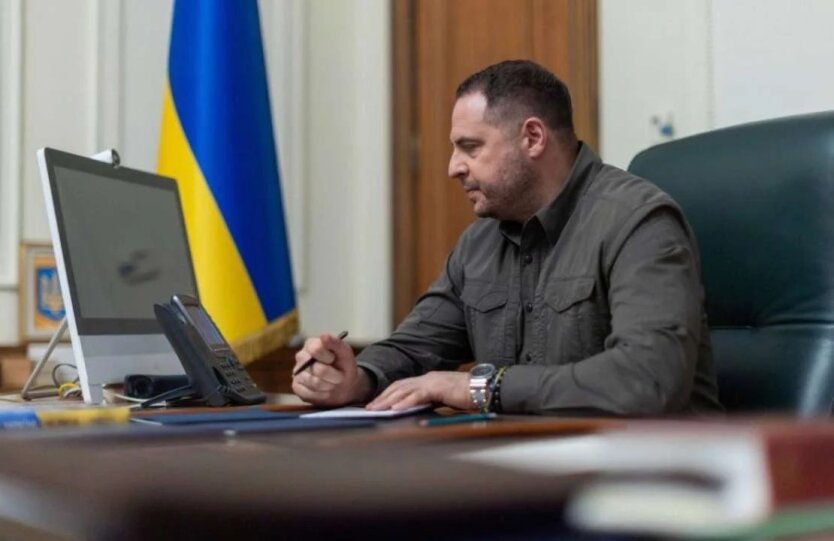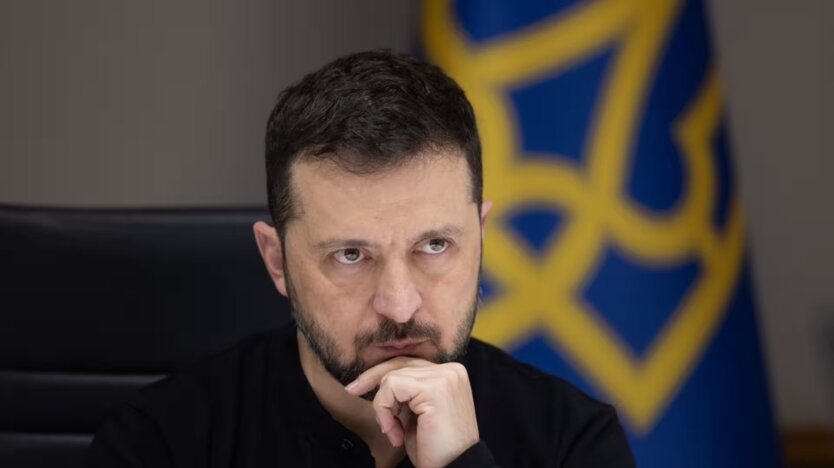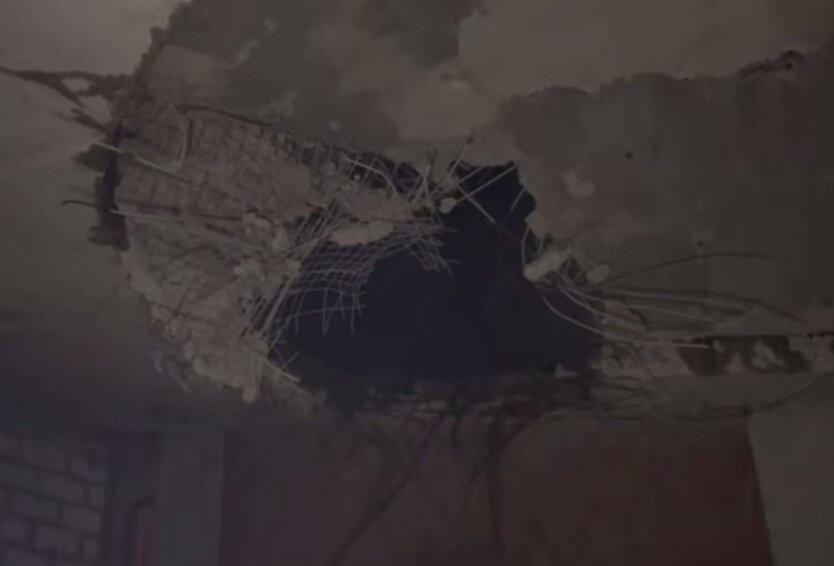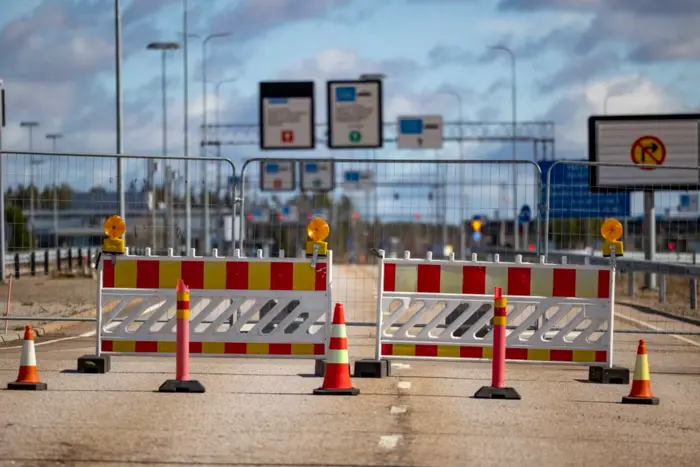European Forces in Ukraine: A Realistic Plan to Deter Russia After the US Withdrawal.

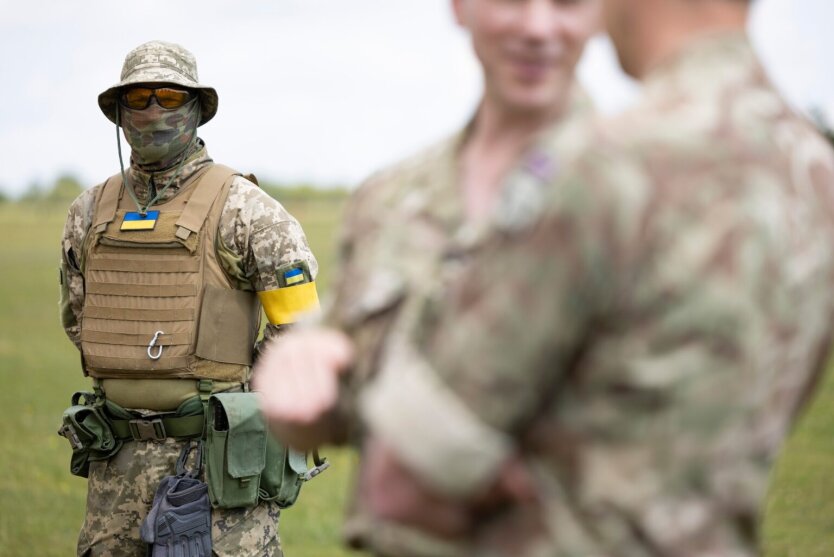
After a tense meeting at the White House, military support for Ukraine from the US may be reduced. Europe must take responsibility for supporting Ukraine during and after this war. A possible reduction in support from the US could lead to an unstable ceasefire and leave Ukraine unprotected. Russia may continue to destabilize Ukraine and create conditions for a new war. The Ukrainian armed forces must remain prepared, and the EU must effectively deter Russia.
The United States is increasingly less likely to provide military or financial assistance to Ukraine. It is clear that the US will not take direct part in forming support forces for Ukraine after the ceasefire. This responsibility falls on Europe. Planning such a force is a complex task that must take into account Europe’s ability to defend NATO borders and the possible withdrawal of American forces from the continent.
Defining Missions
The priority task is to cooperate with the Ukrainian armed forces for their training and recovery. Ukraine needs support from the West so that it can ensure an adequate level of security at the front. There is also a need to strengthen deterrence against Russia to prevent future aggression.
A multinational operational group should have a presence in three directions, which is relatively small but capable of creating risk for Russia. The main directions are Kyiv, Kharkiv, and Donetsk. These forces should ensure presence and patrol key sections of the front. Such a mission must provide confidence to Ukraine and enhance deterrence against Russia.
European countries must also commit to preventing the worst-case scenario after the ceasefire. Ukraine must see its future and have confidence that in the event of a new Russian invasion, it will not be left defenseless.
Deployment of Forces
Initially, deployed forces may consist of three brigades or their equivalents. Over Time, they may be increased if Russia rebuilds its strength. Overall, between 45,000 and 60,000 servicemen may be needed. The force structure will include a headquarters, maneuver brigades, and support. NATO countries may create their own national support elements instead of a logistics brigade.
Read also
- Rwanda and Congo signed a peace agreement mediated by the USA
- End of Negotiations: Trump Sharply Changed Course in Dialogue with Canada on Tariffs
- Ukraine is not ready for negotiations: Yermak revealed details of the conversation with advisors on the security of Western countries
- Zelensky held a 'Technological Stake': priorities marked for drone production
- The Ministry of Foreign Affairs revealed the scale of Russian terror with cluster munitions
- The European Parliament rejected the consideration of the petition regarding the Finnish-Russian border

